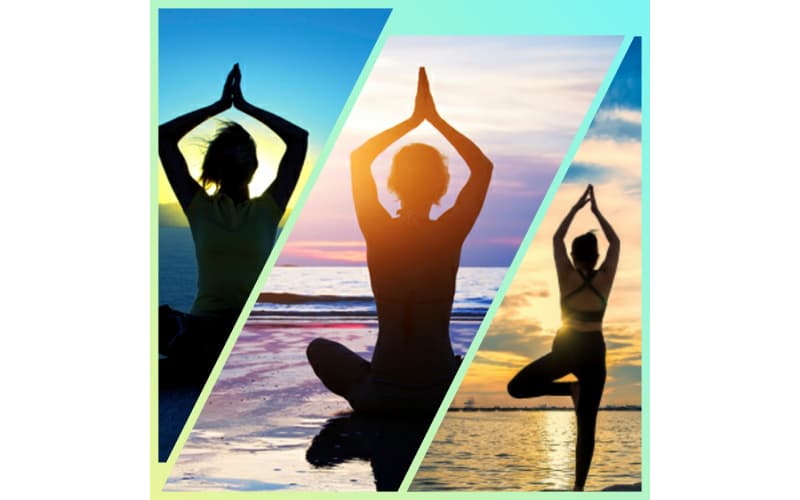
We live in extremely challenging times with the Covid-19 pandemic forcing us to change our every way of life; from the way we work, to the way we travel, to the way we celebrate birthdays, to the way we mourn a loved one’s passing. Traditional avenues of social support where we got together with relatives and friends to share, weep, reminisce, commiserate, remember are no longer available to us and we all have to find individual coping strategies. As children are unable to be with their parents either in their time of need or death, as families remain separated, as people lose jobs and are faced with deep uncertainty the tendency is for the heart space to close; in anxiety, worry, grief, stress and bitterness and the role of yoga in these times cannot be overstated to keep the heart open.
Yoga as Darshanam
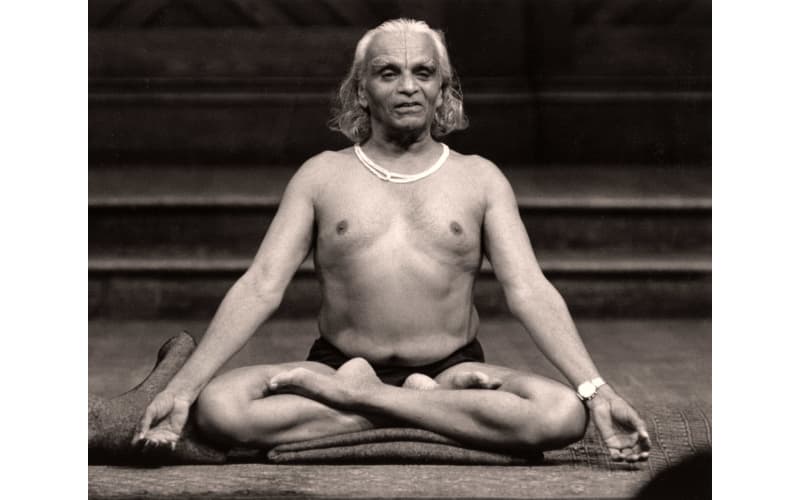
So what is one of the key aspects of yoga? According to my yoga teacher Manoj Kaimal, Guru Manasa Yoga, Yoga is darshanam, clear seeing. The illustrious Yoga Guru B. K. S..Iyengar, in his book, Light on the Yoga Sutras of Patanjali says, “Darsana means ‘vision of the soul’ and also ‘mirror’. The effect of yoga is to reflect the thoughts and actions of the aspirant as in a mirror. The practitioner observes the reflections of his thoughts, mind, consciousness and actions, and corrects himself. The process guides him towards observation of his inner self”.
The path of yoga is transformative and transformation begins with awareness. We have to know ourselves; what are our thoughts? What are our patterns? What are our intentions and motivations? What causes us to act? What causes us to react? If we are not aware of what we are thinking or acting, then there is little chance for us to break the pattern of our thoughts and actions and do things differently.
“Awareness precedes change. You will never be able to eliminate a weakness you don’t even know about!”
- Robin Sharma
Asana is life
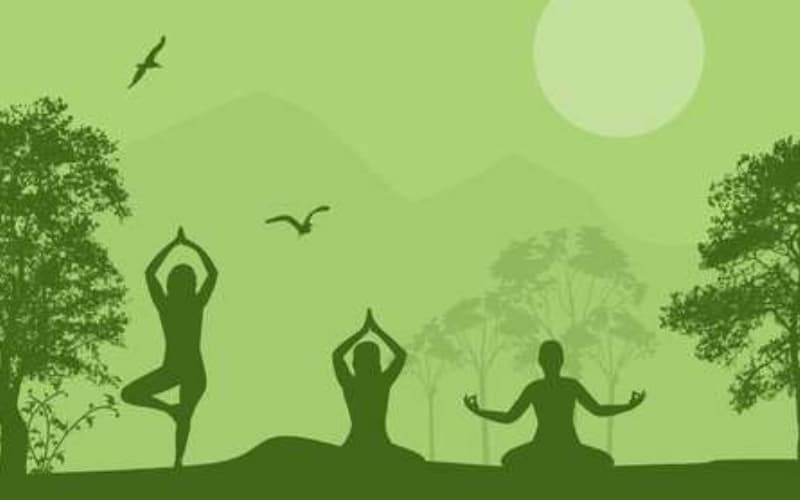
When my students first come to my class, it is very interesting to note that left hand, right hand, left leg, right leg are all a jumble. They are almost like children trying to figure out left from right! And as I call out to them, asking them to be aware of the direction of their toes and their knees I can almost see their minds busy scrambling trying to make sense of my words and connect with them! This is because our bodies and minds are so disconnected.
Through the regular practice of asana, we become more aware of our bodies, breaths and minds. The neural networks get established leading to greater mind-body co-ordination and flow. As we talk about awareness in an asana, it means we should be able to direct and hold attention on the body. Then the whole practice of asana becomes a dynamic and creative expression of flow of energy. Without the element of attention, it remains a repetitive, mechanical, ego-centered practice; about who can find balance in shirsasana, head stand first in class or who can plank longer. Or who can bind in parsvakonasana or who can do the perfect spilt in hanumanasana.
Awareness of mind
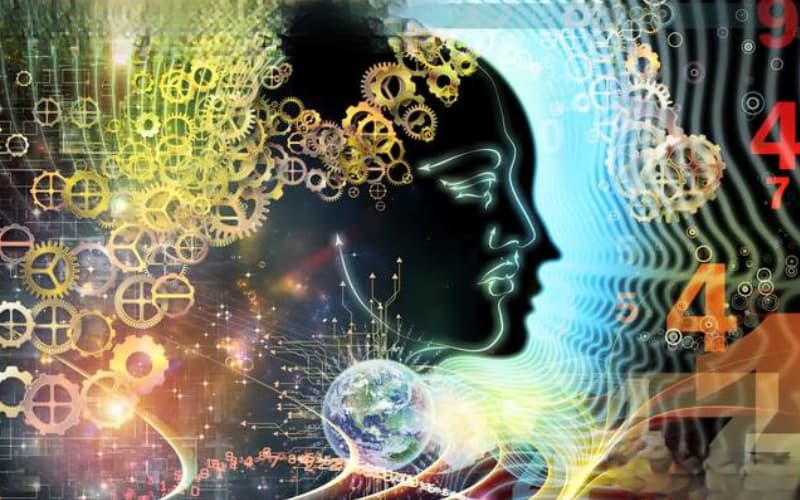
In a Manasa yoga class, students are encouraged to cultivate awareness of not just their bodies but also of the taste of their minds and their emotions; whether it is the feeling of satisfaction at rising into urdhvadhanurasana; the upward bow pose or the feeling of dissatisfaction at being unable to touch their toes in uttanasna; the standing forward fold! They are directed to be objectively conscious and non-judgmental at the rising of joy in the lightness in their bodies at the end of class, and the critical denouncement of the mind on coming face-to-face with stiffness and resistance in the body.
It is important that we see it all; the darkness and the light, the disappointment and the elation, the reactivity of the mind as well as its equanimity, as body and breath flow together in harmony. We need to be aware of how we tend to look around the class and compare ourselves with others, whether we tend to give up easily or we try relentlessly, whether we are critical in the conversations in our head if we don’t “get” an asana, or we are supportive and encouraging of ourselves! We can be our own harshest critics; “I’ve been doing this for so long but I still can’t get it! My body is stiff as a board, there’s no point to this! Everybody can get it except me!” and it’s important that we see it all.
As we experience major trauma; the instinctive reaction is to shrink; to want to shut down, to take cover. But on the contrary, the invitation of life and yoga is to keep expanding, to see the learning, embrace the uncertainty and keep evolving. We embody this principle in our asana practice through back bends.
Ustrasana Camel Pose
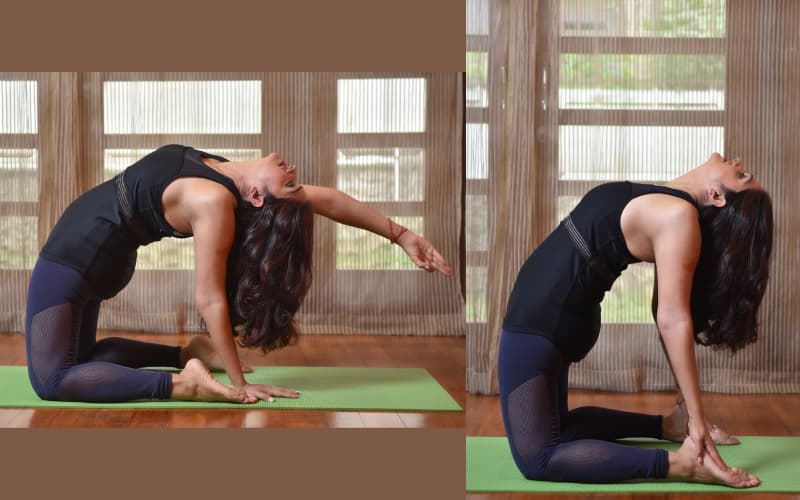
1. Come onto your knees.
2. Take right arm back towards your right ankle. If your hand does not touch the ankle, place it on a block. Lift the left arm up over the head and arch back.
3. Lift the pelvis away from the heels. Breath normally Hold for 10 seconds.
4. Sense the expansiveness in the mind as we keep the heart and chest open.
5. Repeat on the other side
When you feel comfortable after a few weeks of practice, you can take both hands back to the ankles together.
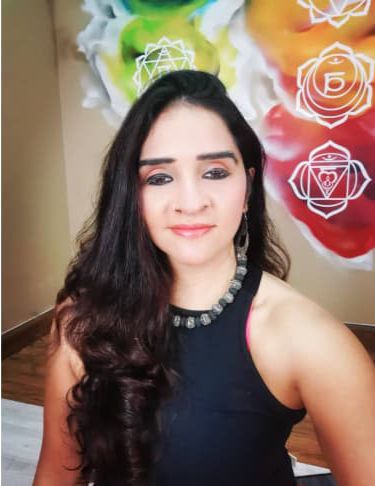 Shailaja Menon is the student of Guru Manoj Kaimal and has been teaching yoga for the last 24 years. She is the author of “Yoga Shakti - Awaken Your Own Power" and "Breathe Bend Be" which are available on Amazon India. Her ability to translate the practice of yoga from mere shapes on a mat to a living, breathing philosophy and way of life is what makes her classes, writings and perspectives so insightful.
Shailaja Menon is the student of Guru Manoj Kaimal and has been teaching yoga for the last 24 years. She is the author of “Yoga Shakti - Awaken Your Own Power" and "Breathe Bend Be" which are available on Amazon India. Her ability to translate the practice of yoga from mere shapes on a mat to a living, breathing philosophy and way of life is what makes her classes, writings and perspectives so insightful.
NEXT ARTICLE
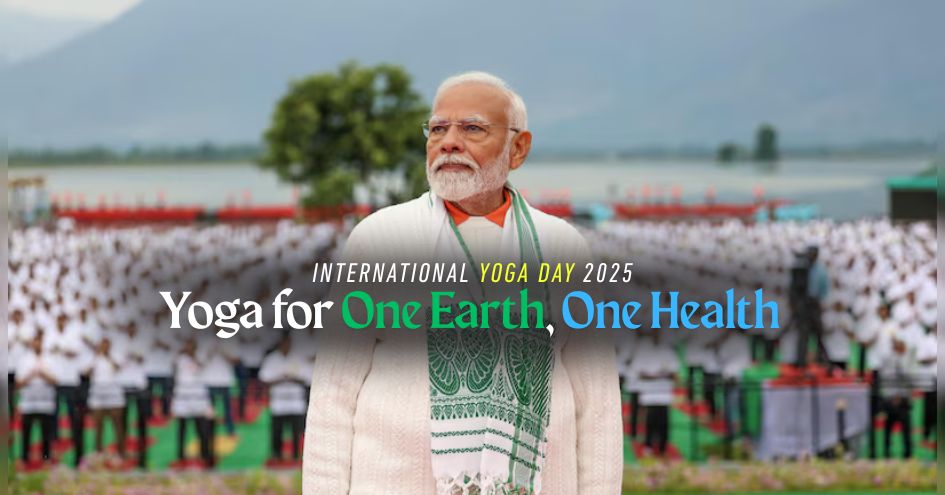
Earlier this year in March, Prime Minister Narendra Modi formally declared "Yoga for One Earth, One Health" as the theme for International Yoga Day 20...